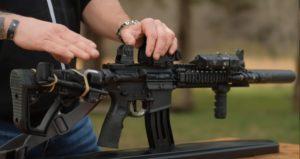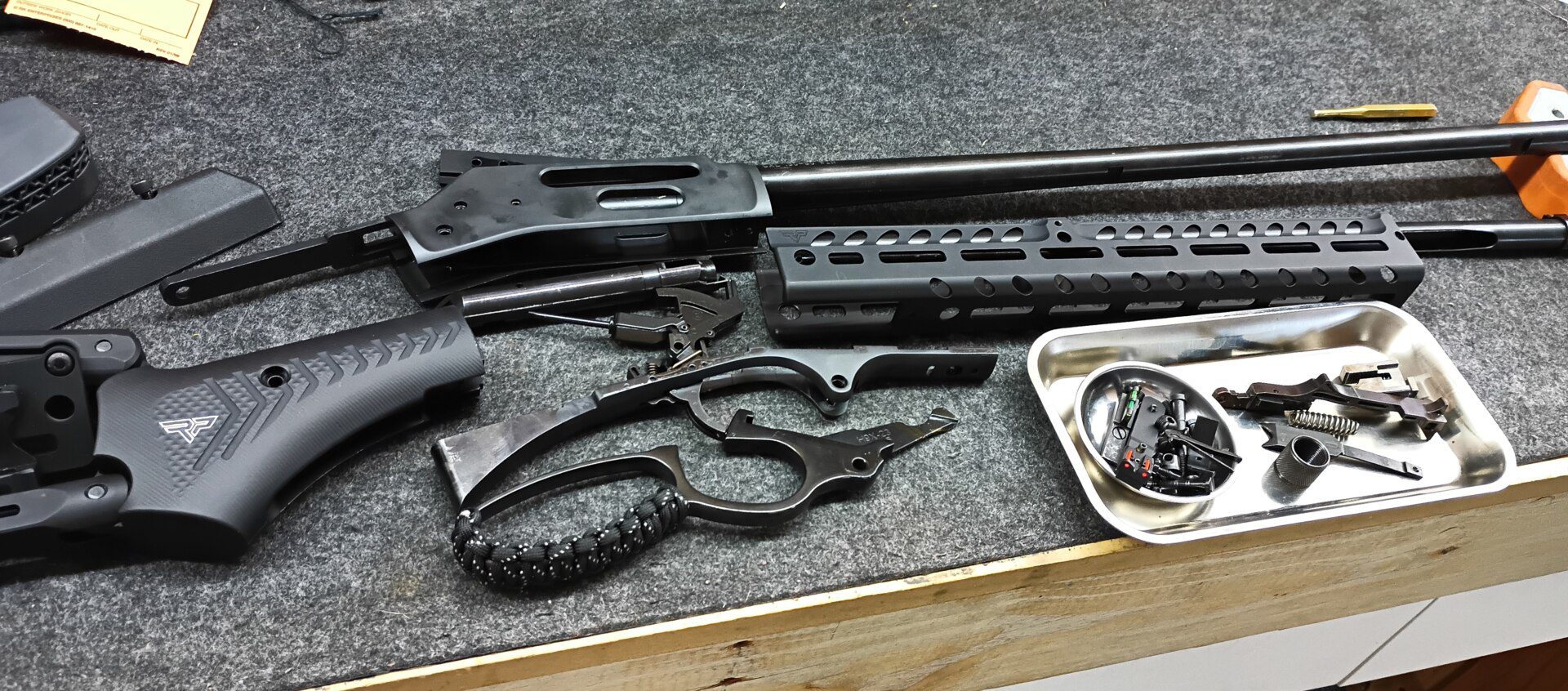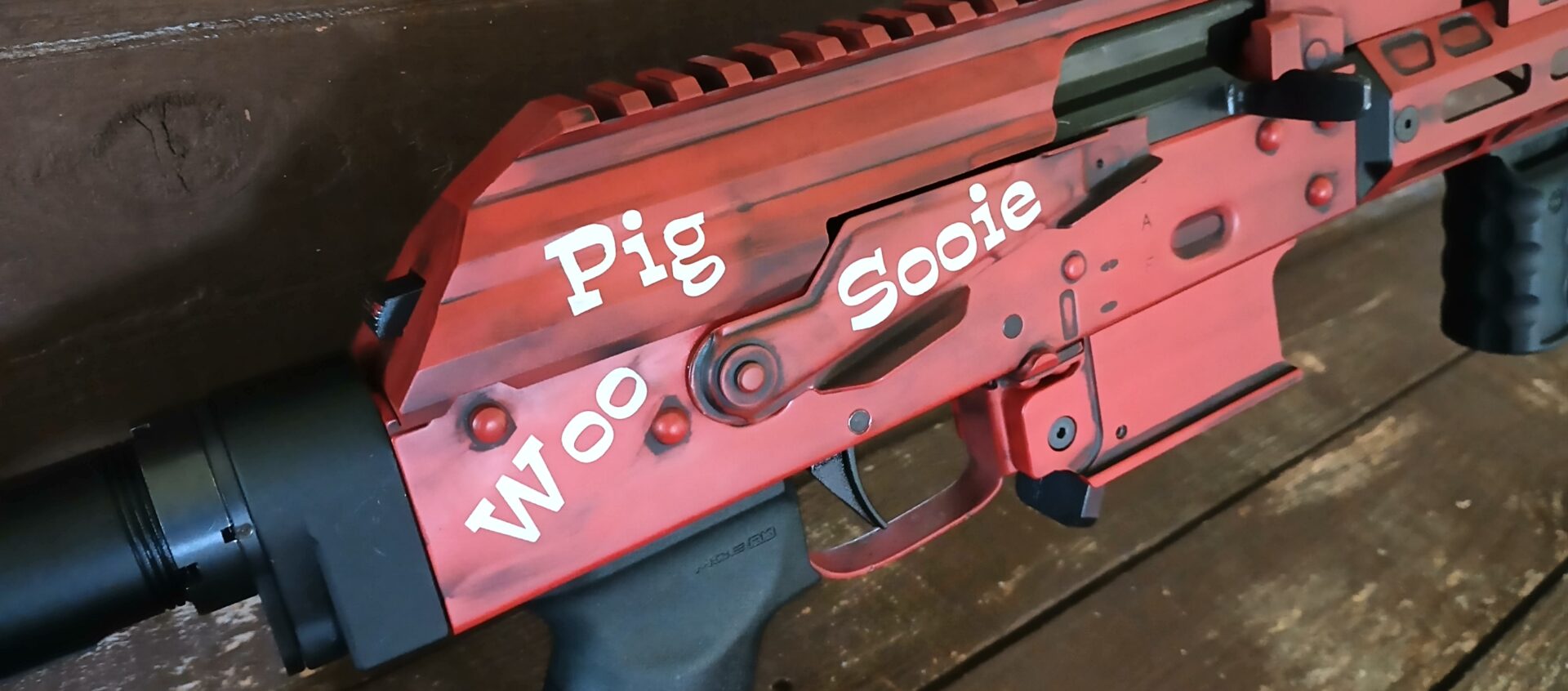How Rifling Affects AR-15 Rifle Accuracy
The rifling inside an AR-15 barrel spins the bullet to stabilize it and improve accuracy. But it can also affect the rifle’s reliability.
Some AR-15 owners find their firearms aren’t as accurate as they expected. That’s because the platform can be so customizable. It’s sort of like Legos for adults. We do AR-15 custom work.
Barrel Length
A longer barrel increases muzzle velocity, but only to a point. Beyond that, additional length only adds weight for no real benefit.
The extra time it takes propellant gasses to travel down the barrel increases friction, which in turn reduces accuracy. It is also more difficult to hide long barreled rifles.
While this is a factor, a good quality barrel will minimize this. A good barrel will be chambered to match the specific cartridge it will be shooting, and will be properly fitted.
A proper fit means that the upper and lower are properly tightened. If not, this can cause a shift in the center of gravity that affects accuracy. It can also lead to the upper and lower being unable to maintain a firm grip on the magazine, again negatively impacting accuracy. A good fit and a properly fitted and aligned scope will also improve accuracy. As will a properly floated and glass bedded barrel.
Bullet Weight
The bullet used in your AR-15 rifle is another factor that affects its accuracy. A heavy bullet will carry more kinetic energy and provide greater penetration than a light bullet. A heavier bullet also needs a faster twist rate to stabilize and fly more accurately.
The plethora of numbers found on AR-15 spec sheets may seem overwhelming, but one number that is often overlooked is the barrel’s twist rate. Twist rate refers to the number of times the rifling rotates the bullet in a set of inches. A common twist rate is 1:7, meaning the rifling makes one full turn in seven inches of barrel travel.
A slow twist rate works best with lightweight ammunition, while a fast twist rate is ideal for heavy, military-grade bullets. This is why many precision shooters prefer the master armorer one-off build, where they can choose a custom barrel. This allows the rifle to be built with a fast twist rate to optimize the performance of specific ammo.
Trigger
Triggers are one of the most important parts of any rifle, they can greatly affect accuracy. A poorly designed trigger can be difficult to manipulate or have a long sear travel, which makes it more challenging to shoot consistently. A short, smooth sear travel is ideal.
The buffer spring is another factor that can have a large effect on the cyclic rate. A buffer spring that is too stiff can prevent the bolt from locking open after firing a round, or it may catch the fired case before it can eject causing a stovepipe malfunction. A buffer spring that is too loose can have the opposite problem by allowing the bolt to cycle too rapidly, which can cause premature firing and reduce reliability.
The final factor that influences accuracy is the shooter. How the shooter uses the gun, where they hold it, their stance, and how well they place their finger on the trigger can all have an impact on shooting accuracy.
Rifling
The rifling of an AR-15 barrel can be a significant factor in accuracy. Different manufacturers use varying amounts of rifling, with the width and number of grooves being important. Forensic firearm examiners can determine the rifling characteristics of a gun by examining the impressions left on a fired bullet.
A good quality barrel with a rifling of the proper twist rate can make an AR-15 extremely accurate, even competitively matched against bolt guns on a 100 yard benchrest. However, the quality of the components, trigger, optic, and shooter skill will play a larger role in how well an AR-15 performs.
The buffer spring can also have a significant impact on accuracy. Choosing the right buffer spring can help to avoid changes in cyclic rate caused by vibrations or overgassing. There are a wide variety of available options, from light to heavy, that can be used to fine-tune an AR-15 build. This can be an especially useful adjustment if problems with cycling are observed.




